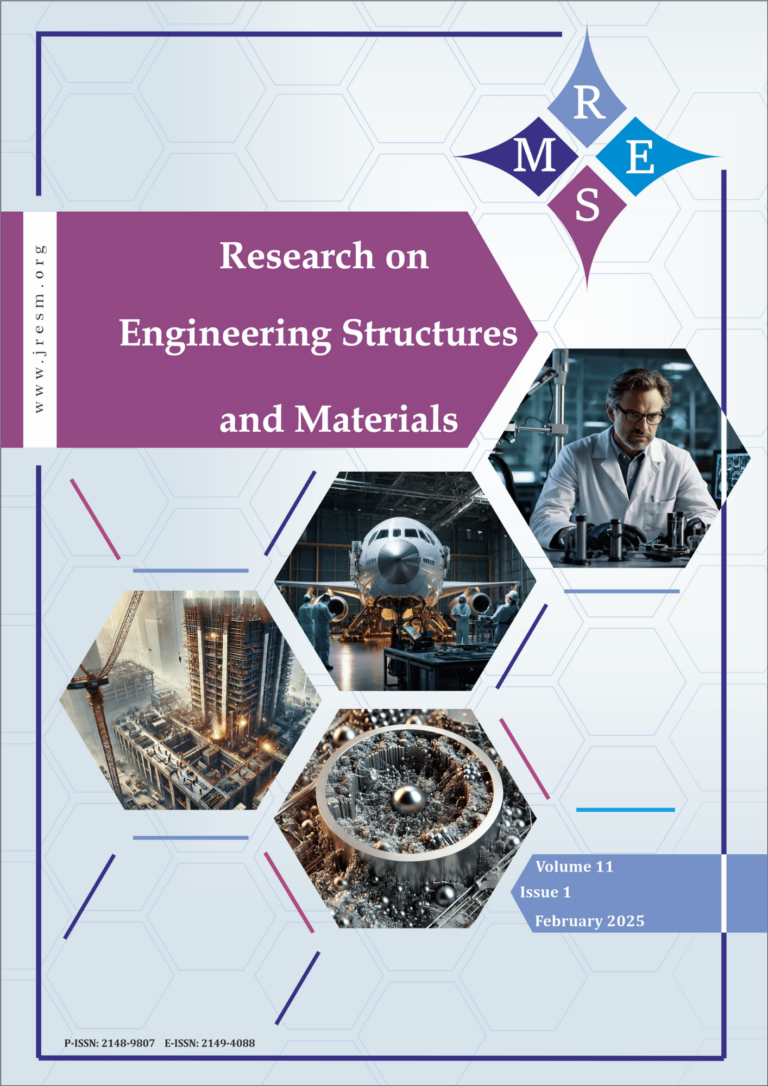Damping Reduction Factors (DRFs) are widely employed in design standards to adjust the structural response due to varied levels of the structural damping, higher or lower than the common value of 5% for response spectra or time history analyses. Research findings highlighted that DRFs are sensitive not only to damping and period, but also to the seismological parameters and site conditions. Nevertheless, effect of ground motions on the DRFs compiled to code-based target spectrum are not investigated. For this purpose, Eurocode-8 (EC8) compatible real ground motions were carefully selected for three soil classes, namely, A, B, and C, considering near- and far-fault ground motions and DRFs were derived from the displacement and acceleration response spectra through, Single Degree of Freedom (SDOF) systems, dynamic analyses. Near- and far-fault ground motions were considered to investigate the effect of the distance on DRFs. The distributions of DRFs were then subjected to a comparison with code-based and existing literature DRF models and bias between the models were calculated. The findings demonstrated that near- and far-fault ground motions produced different outcomes and DRFs obtained from acceleration spectra were, on average, approximately 25% higher than those obtained from displacement spectra. It was also observed that DRFs were sensitive to soil classes, especially to soil class B. The maximum near/far fault ratios determined for site class B were 1.20, 1.45 and 1.71 for damping ratios of 10, 20, and 40%, respectively. In addition, results indicated that the DRF values provided by EC8 were generally non-conservative. Therefore, it is important that the code-based definitions should be refined to consider important parameters that affect DRFs such as distance and soil classes.
